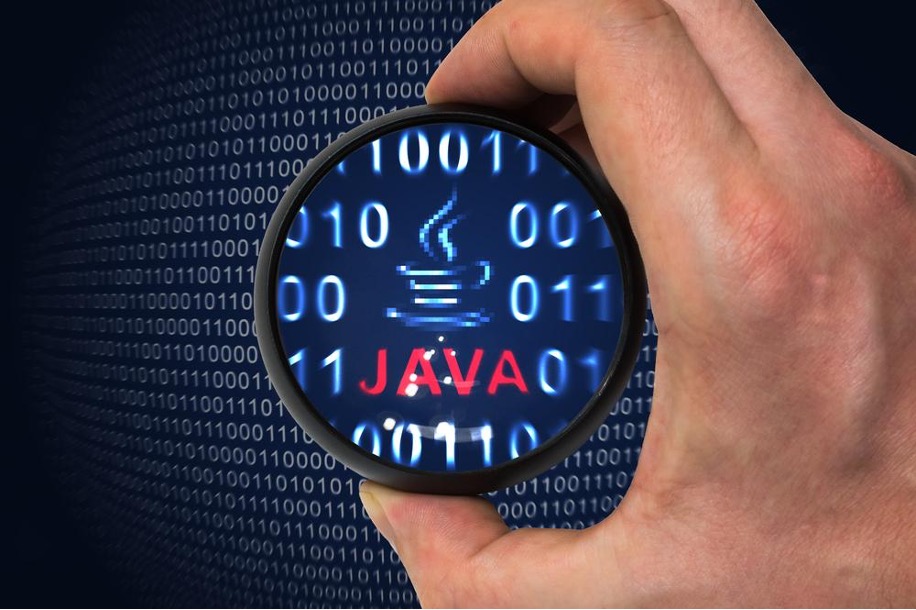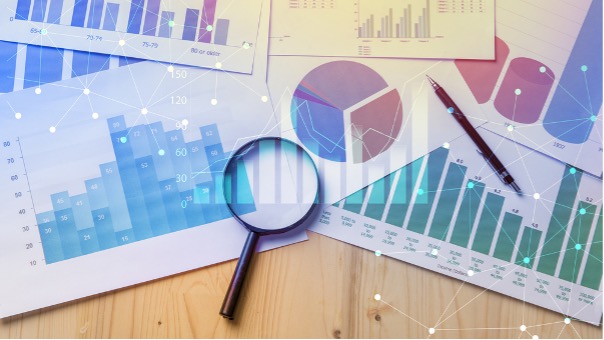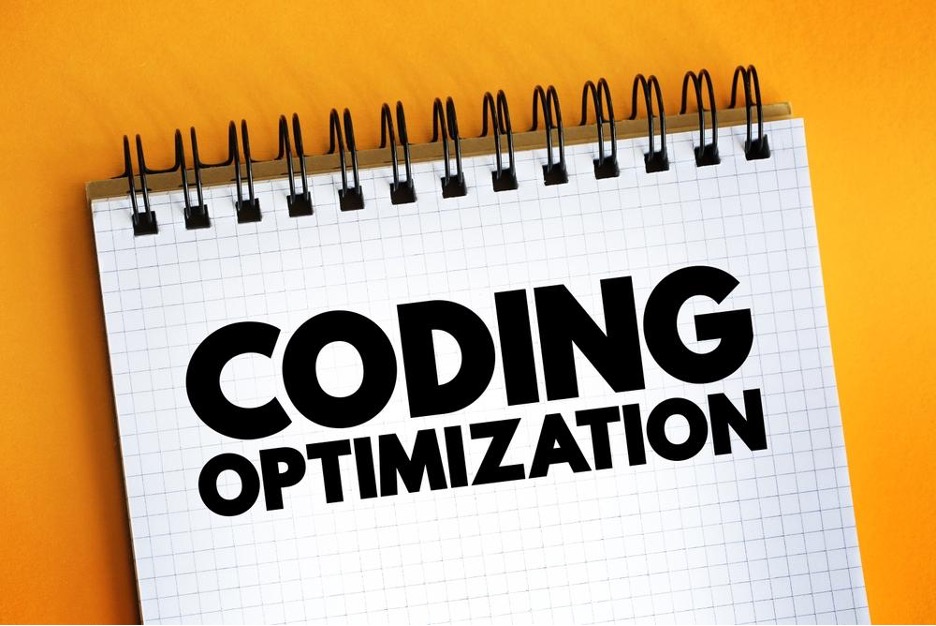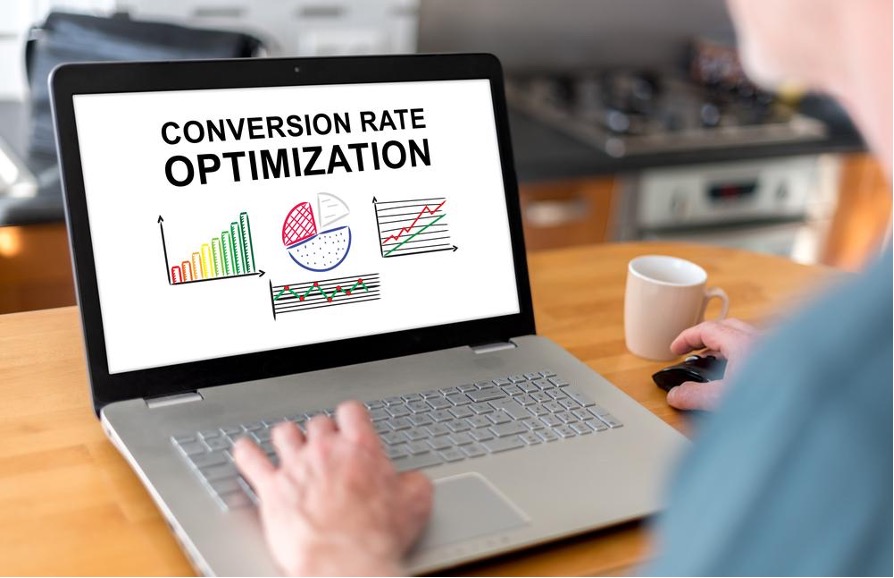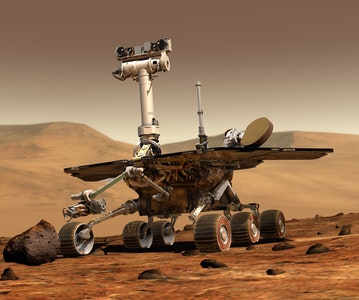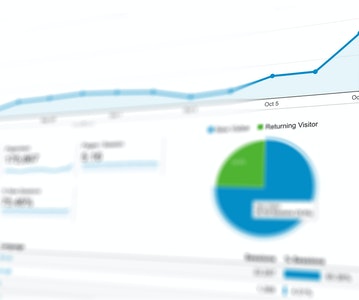This article is about Data Science
What is Data Wrangling? A Comprehensive Overview
By NIIT Editorial
Published on 18/06/2023
Companies and other institutions in the modern digital age produce vast volumes of data daily. In order to be used for analysis, however, this data must be cleaned and changed from its raw form. Data wrangling refers to the method described here. We will define data wrangling, talk about its numerous forms, problems, and best practises, and explore its many uses across various sectors in this blog.
The term "data wrangling," which sometimes goes by the name "data cleaning," refers to the process of preparing data for further study. Data preparation includes activities including sorting, formatting, combining, and transforming. The technique of "data wrangling" is essential in data analysis since it guarantees that the data being analysed is correct, comprehensive, and in the proper format.
Wrangling the data to make sure it's full, correct, and in the appropriate format is a crucial step in every data analysis project. Without proper data wrangling, analytical results and subsequent choices may be based on faulty or misleading information. Reducing data redundancy and improving data quality are two additional benefits of data wrangling that facilitate analysis and interpretation.
The purpose of this blog is to educate readers on data wrangling and its many forms, pitfalls, solutions, and domains of application. We will also talk about the future of data wrangling and share advice for efficient data wrangling.
Table of Contents:
- Understanding Data Wrangling
- The Process of Data Wrangling
- Best Practices in Data Wrangling
- Applications of Data Wrangling
- Conclusion
Understanding Data Wrangling
The term "data wrangling" refers to the process of cleaning and organising data prior to analysis. Data preparation includes activities including editing, sorting, combining, and altering information. The purpose of data wrangling is to get the data ready for analysis by making sure it's clean, comprehensive, and in the appropriate format.
1. Comparison of Data Wrangling with Other Data-Related Terms
Wrangling data is synonymous with data cleansing, preparation, and transformation. Nonetheless, these concepts are distinct, and knowing the distinctions between them is crucial for analysing data. Errors, inconsistencies, and missing numbers may be remedied or eliminated throughout the data cleaning process. Normalizing the data, selecting the most relevant features, and scaling the data are all examples of data preparation chores. To prepare data for analysis, it must be transformed into a new format.
2. Types of Data Wrangling
Data wrangling encompasses four distinct processes: cleansing, integration, transformation, and reduction. As data is cleaned, mistakes, inconsistencies, and missing values are fixed or removed. Integrating data means bringing together information from many databases. To prepare data for analysis, it must be transformed into a new format. The goal of data reduction is to reduce the amount of a dataset while maintaining its integrity.
The Process of Data Wrangling
1. Steps in Data Wrangling
Collecting, cleaning, integrating, transforming, and reducing data are all components of data wrangling. The process begins with gathering information from many resources including databases, websites, and social media sites.
In the second phase, known as "data cleansing," incorrect or incomplete information is rectified. The third stage is data integration, which entails combining data from several sources into a single dataset. The fourth phase involves transforming the data into a more suitable format for analysis.
The last phase is data reduction, which entails decreasing the size of the dataset while maintaining its integrity.
2. Tools and Techniques for Data Wrangling
Excel, Python, R, SQL, and OpenRefine are just some of the tools and methods available for data wrangling. The ability to filter, sort, and clean data in Excel makes it a popular tool for data wrangling. Data analysis and data wrangling are prominent applications for the computer languages Python and R.
Querying and administering relational databases are two of the primary uses for the database management language SQL. OpenRefine is a free, open-source software programme that may be used for data processing and cleaning.
3. Challenges in Data Wrangling
Wrangling data may be difficult for several reasons. To start, it might be challenging to clean and convert the data if it is missing, inconsistent, or contains mistakes. Second, the information may be stored in a variety of ways, making it difficult to combine and reformat. Finally, the information volume might be rather high, making it challenging to manage and process. Fourth, data wrangling might take a long time if the data is complicated or has to be cleaned and transformed by hand.
Best Practices in Data Wrangling
Accurate, full, and well-structured data can only be analysed with the help of good data wrangling procedures. Reducing data redundancy and improving data quality are two additional benefits of good data wrangling procedures that facilitate analysis and interpretation.
1. Data Wrangling Plan the Data Wrangling Process
Planning the data wrangling process, including establishing the goals, identifying the data sources, and specifying the procedures required, is essential before beginning the process.
2. Clean the Data
Errors, inconsistencies, and missing numbers are all things that need to be addressed while cleaning the data. This is a vital process that guarantees the data is correct and comprehensive.
3. Transform the Data
Changing the data into a new format makes it possible to analyse it in new ways. Data normalisation, aggregation, and feature engineering are all possible activities at this stage.
4. Test the Data
After data cleansing and transformation, the next step is testing the data to ensure its correctness and completeness.
5. Document the Data Wrangling Process
For others to be able to comprehend and replicate the data wrangling process, it is crucial that the process be documented.
Tips for Effective Data Wrangling
Some suggestions for efficient data manipulation include:
1. Use Automation Tools
Python and R are only two examples of automation technologies that may be used to streamline and simplify tedious data wrangling operations.
2. Use a Consistent Data Format
Data wrangling may be simplified by using a standard format, which also facilitates data integration and transformation.
3. Use Data Visualization Tools
Tableau and PowerBI are two examples of data visualisation tools that may be used to examine the information graphically and spot any discrepancies or other problems.
4. Collaborate with Others
Errors and inconsistencies in the data may be more easily seen when data analysts and subject matter experts work together.
Applications Of Data Wrangling
In business, data wrangling is crucial since it guarantees that the information being analysed is correct and comprehensive. In order to make effective choices and propel company development, thorough and accurate data is vital.
The fields of healthcare, banking, marketing, and even retail may all benefit from skilled data manipulation. Data wrangling may be used to prepare electronic health records for analysis in the healthcare industry. To prepare financial data for risk analysis, data wrangling may be used. Data wrangling is used to clean and manipulate consumer data for use in marketing purposes, such as customer segmentation and targeting. For better sales forecasting and stock management, retailers may utilise data wrangling to clean and convert sales data.
Examples of Successful Data Wrangling
The New York Times's efforts to compile information on COVID-19-related fatalities in the United States are an excellent example of effective data wrangling. Data from several sources, such as state health agencies and the Centers for Disease Control and Prevention, had to be cleaned and transformed for this project (CDC). The collected data was then utilised to illustrate the extent of the pandemic's reach and tell the experiences of those affected.
Airbnb is another company that has gone to great lengths to enhance the search and booking experience for its consumers by cleaning and transforming user-generated material. For this task, we turned to machine learning techniques to help us spot and fix typos and other mistakes in user-submitted text. The collected data set was then utilised to enhance the quality of search results and the user experience overall.
Conclusion
Cleaning, converting, and preparing data for analysis is referred to as "data wrangling," and it is an essential part of the data analysis process. Accurate and full analysis relies heavily on clean data, which can only be achieved with careful data wrangling. Data wrangling may be accomplished using a number of programmes and strategies, such as Python, R, and OpenRefine. The fields of healthcare, banking, marketing, and even retail may all benefit from skilled data manipulation.
Cleaning and transforming data is a task that will likely be automated in the future, with the help of artificial intelligence and machine learning algorithms. Data wrangling may be made more efficient with the use of automated technologies and standard data formats.
Data wrangling and its significance in data analysis is something that everybody interested in data science should familiarise themselves with. You may master the skills necessary for data wrangling and get expertise in cleaning and manipulating data by enrolling in a data science course. The quality of your analysis and the soundness of your decisions will both benefit from your attention to good data wrangling procedures.
 Sign Up
Sign Up





